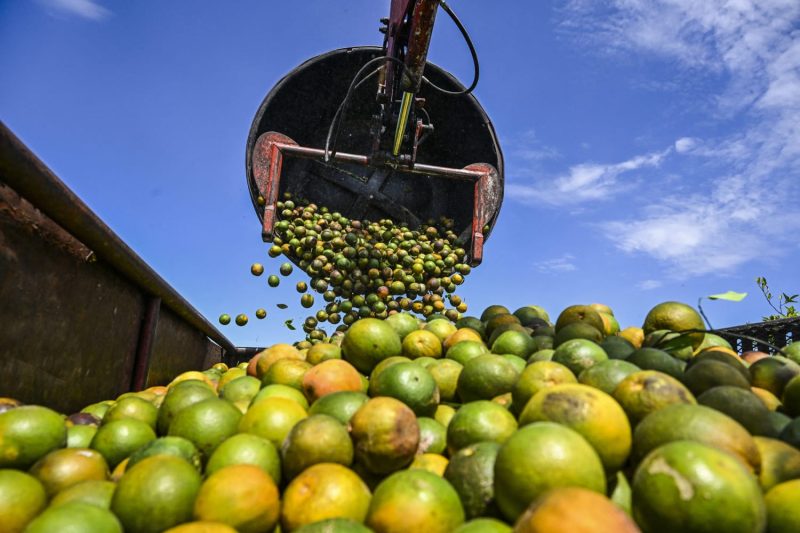The cost of orange juice, while varying across geographical locations and brands, tends to be higher than other popular fruit juices. Its high price tag can be attributed to several factors such as production costs, demand and supply factors, as well as auxiliary impacts such as weather inconsistencies, disease outbreaks, and trade policies.
Firstly, the production cost of orange juice significantly contributes to its relatively high price. The process involved in producing orange juice includes growing the fruit, which necessitates time, labor, and land. The oranges must be harvested at the right maturity stage to ensure desirable sweetness and acidity. This requires an additional labor cost and precision. Once harvested, they are then cleaned, sorted, juiced, pasteurized, and finally packaged for distribution. All these steps demand time, labor, and cost that consequently drive up the final price.
Secondly, principles of demand and supply play a significant role in determining the cost of orange juice. The juice is a popular commodity globally due to its rich vitamin C content, refreshing taste, and versatile usability. As such, the demand for orange juice is generally high. However, the supply of oranges hinges on volatile factors such as weather conditions and disease outbreaks, affecting its steadiness. Consequently, when the supply struggles to meet the high demand, prices tend to hike as a way to balance the market.
The uncertainty of weather and vulnerability to disease are other variables affecting the cost of orange juice. Oranges are grown in select regions with specific climates, making them susceptible to weather inconsistencies. Events such as frosts, hurricanes, or heatwaves can devastate entire crops, significantly reducing supply and driving prices upward. Diseases such as citrus greening, a bacterial disease that results in smaller fruits, have also wreaked havoc on orange crops, particularly in major producing areas like Florida, further exacerbating the juice prices.
Closely related to this is the geographical limitation of orange cultivation. The citrus fruit thrives in particular climes, such as found in Florida and Brazil, the two dominant orange juice producers. Hence, significant transportation costs are involved for countries or areas that do not naturally support the growth of oranges. These costs also get incorporated into the final price that consumers pay for orange juice.
Lastly, trade policies can influence the price of orange juice. If a country imposes high tariffs or trade barriers on imported oranges or orange juice, domestic manufacturers or importers will need to increase their retail prices to make up for these added costs.
These combined factors contribute to the relatively high cost of orange juice. Despite its cost, however, demand for this citrusy delight remains steady, given its health benefits and widespread use in culinary applications across cultures.




